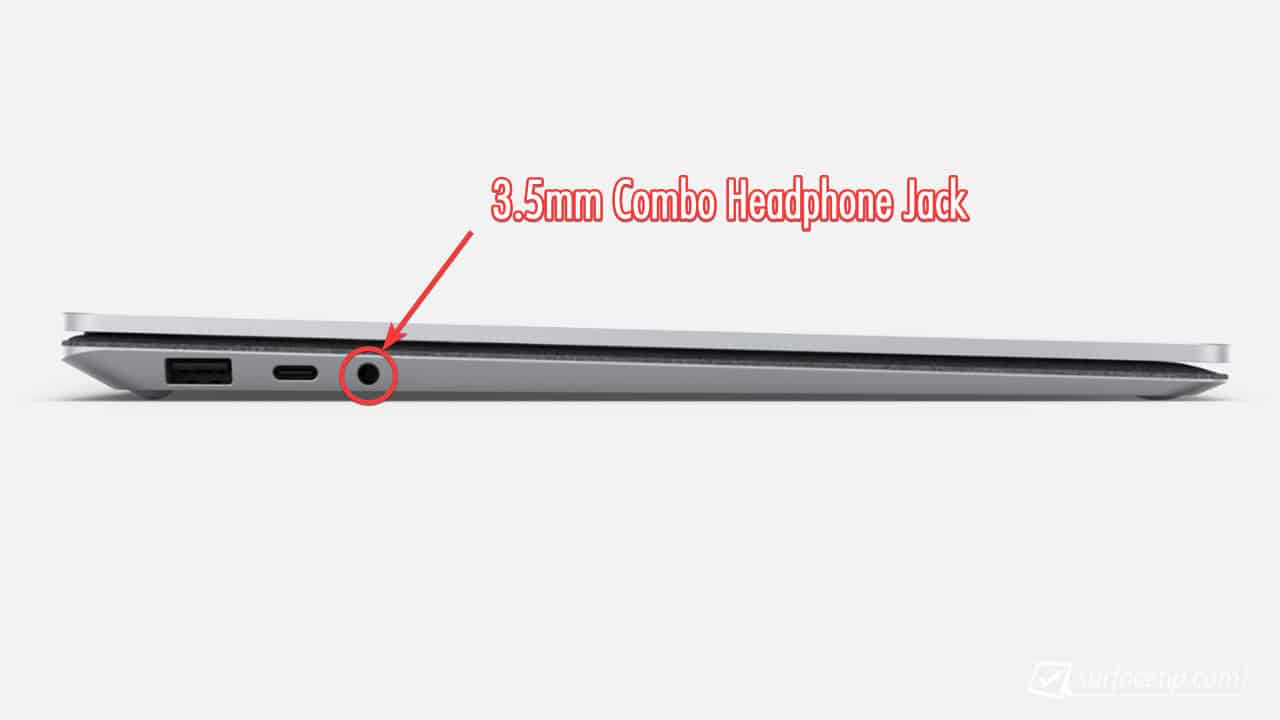

There’s also a 3.5mm jack at the bottom of the right ear cup if you want to plug in. The latter is rare for headphones nowadays, but I’ve come to appreciate it in this new reality of constant video calls. The only physical buttons on the headphones are for power - you hold this down to pair new devices - and a mute button. In leaving volume and noise cancellation to the dials and separating them from the touch controls, Microsoft makes everything feel more focused and easy to remember.

Except for the dials along the perimeter, the entire surface area of either ear cup can be tapped to pause or play music, skip tracks, and answer calls. The headphones don’t fold, unfortunately, and the carrying case eats up a good amount of room in a backpack.Įverything else feels very familiar. Microsoft made one welcome change to the ear cups: they now rotate 180 degrees, so the Surface Headphones 2 can rest comfortably against your body when wrapped around your neck. The matte black Surface Headphones 2 don’t pick up fingerprints - unlike the Surface computers. But they last longer and are priced far more sensibly at $250. Except for a new matte black color option and buttons that are (thankfully) now more raised and easier to find with your thumb, they look identical to the originals. Now, Microsoft is back with the Surface Headphones 2. And Microsoft tried to sell them for the same price as the top models from Bose and Sony, which was unwise for a brand-new product that hadn’t garnered the reputation of its competitors.

(There are gaming headsets from Lucidsound which have similar dials.) But the Surface Headphones fell short when it came to battery life and sound quality. It felt instantly intuitive and so satisfying - one of those things that left you wondering why no other mainstream headphones utilized this method before. With a twist of the smooth-turning dial on either ear cup, you could adjust volume and the level of active noise cancellation. Microsoft achieved something very impressive with the original Surface Headphones: the company was able to leapfrog veterans of the noise-canceling headphone market (like Bose and Sony) with an ingenious method for controlling them.


 0 kommentar(er)
0 kommentar(er)
